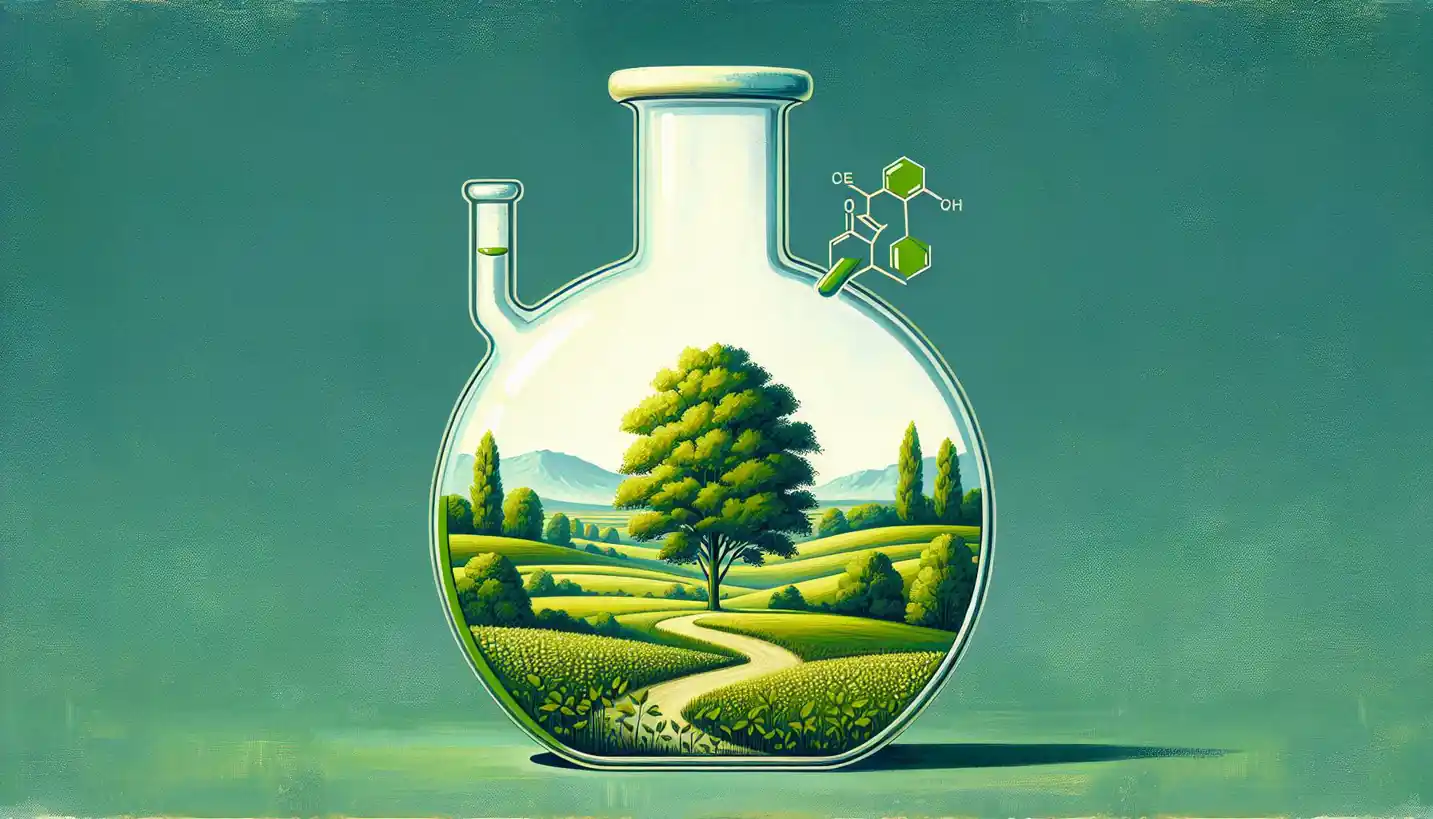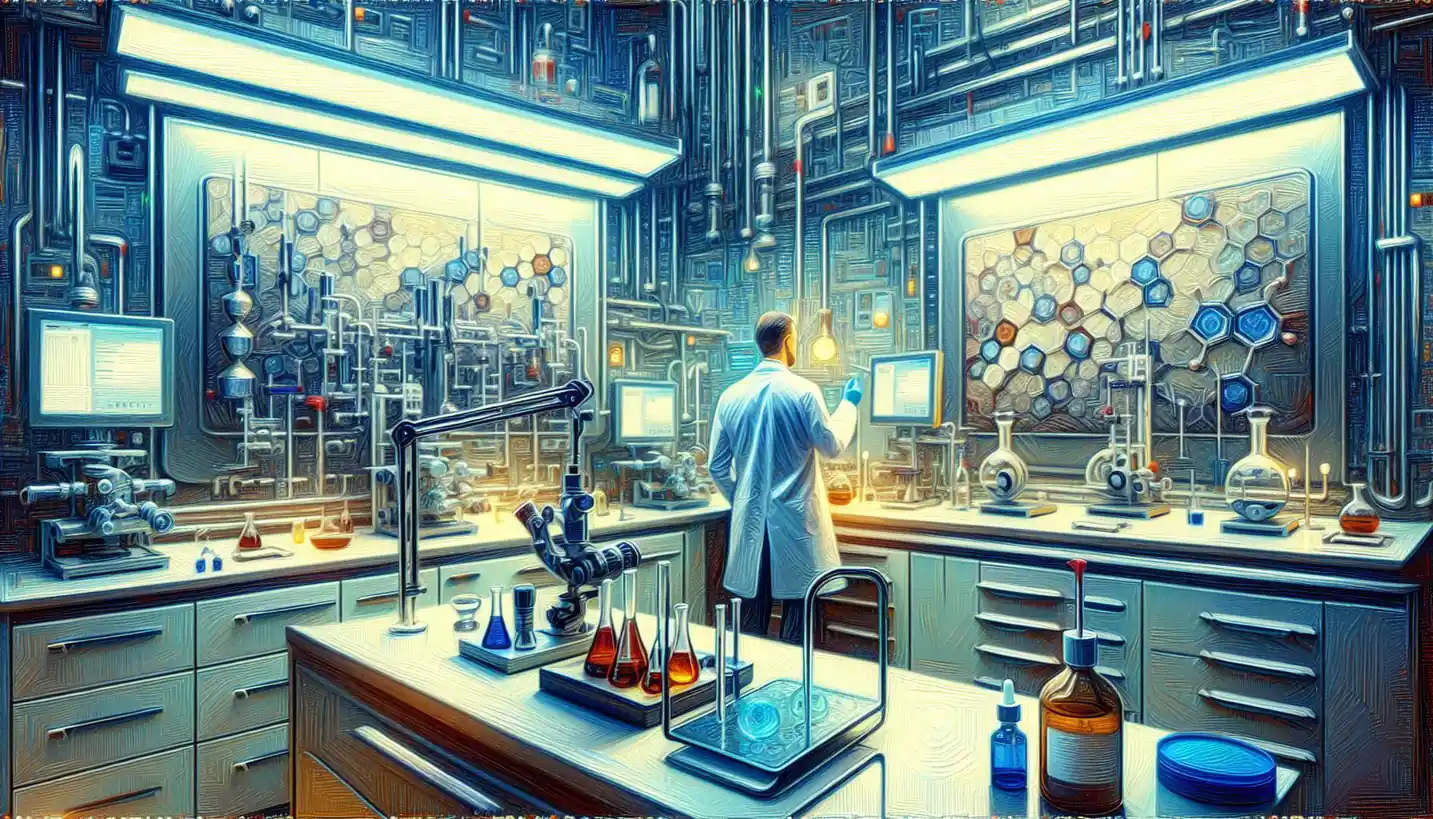· Chemistry · 5 min read
Acid Rain: A Deep Dive into Environmental Chemistry
Acid rain is a mix of pollution and precipitation affecting our world. Explore how chemistry explains this environmental phenomenon.

Sure, you’ve felt the rain falling on your face, but have you ever wondered if it’s more than just water? Acid rain might sound like something out of a sci-fi movie, but it’s a real environmental issue that affects many parts of the world. Let’s unravel this concept together, using simple language and relatable examples.
What is Acid Rain?
Acid rain is essentially rain that has a higher level of acidity than normal. You might be thinking, isn’t rain just water? Normally, yes. But when rainwater mixes with pollutants like sulfur dioxide (SO2) and nitrogen oxides (NOx), it becomes acidic. These pollutants can come from various sources such as power plants, automobiles, and factories. Once released into the atmosphere, these chemicals react with water vapor and oxygen to form acids like sulfuric acid and nitric acid. When the rain returns to Earth, it brings these acids with it.
To grasp this better, think of a cocktail. Normally, rain is like plain water. But when you add a mix of ingredients – let’s call them pollutants – you end up with something that’s no longer plain. That’s acid rain for you.
How Does Acid Rain Form?
The story of acid rain begins high in the sky. When factories or cars burn fossil fuels, they release pollutants into the air. These pollutants don’t just hang around; they’re carried by the wind, sometimes traveling thousands of miles. In the atmosphere, a bit of chemistry magic happens, and they react with water vapor. The result? Acids. And when these acids mix with precipitation – whether it’s rain, snow, or even fog – we get acid rain.
Imagine baking a cake. You start with basic ingredients, but when mixed together in just the right way, they transform into something entirely different. Similarly, natural elements and man-made pollutants combine in the atmosphere to create acid rain.
The Impact of Acid Rain
So why is acid rain a big deal? Well, it has several harmful effects on both the environment and human-made structures. It’s not something you want watering your garden or making your car shiny.
On the Environment
Acid rain is pretty tough on the environment. It can fall on forests, lakes, and rivers, causing a ripple effect that harms plants and wildlife. For instance, acid rain can leach important nutrients from the soil, leaving trees and plants malnourished. Without these nutrients, they struggle to grow and survive.
Water bodies such as lakes and rivers get hit hard too. Fish and aquatic life can’t survive in overly acidic water. Picture this: you’re a fish swimming in a clear lake, but suddenly the water’s pH – which measures acidity – drops too low. Life gets pretty impossible!
On Human-made Structures
Then there are buildings, statues, and cars that bear the brunt of acid rain. Made from materials like marble, limestone, and metals, they can corrode and deteriorate over time due to acid rain. Remember the beautiful ancient statues made of marble? Acid rain can slowly wear them away, erasing history.
It’s like how salt can rust metal – acid rain gradually eats away at structures and surfaces.
Can Acid Rain Affect Human Health?
While acid rain doesn’t harm people directly, the pollutants that cause it can. Breathing in air contaminated with sulfur dioxide and nitrogen oxides can lead to respiratory problems like asthma and bronchitis. Also, these pollutants can create fine particles in the atmosphere that, when inhaled, go deep into your lungs, causing health issues.
Think of it as secondhand smoke for the atmosphere; while you’re not the one burning the cigarette, you still inhale the harmful stuff.
What Are We Doing About It?
Awareness is the first step in solving any problem, and acid rain is no exception. Many countries have taken steps to reduce the pollutants that cause it. Regulations have been put into place to limit emissions from power plants and vehicles.
Imagine you’re the captain of a ship and you need to steer away from danger. Environmental policies act like that steering wheel, helping to guide industry and technology toward more sustainable practices.
Innovations and Future Directions
Our story doesn’t end with just understanding and regulating. Exciting innovations are in the works to make a long-lasting impact. Technologies like scrubbers and catalytic converters are helping to clean emissions before they hit the atmosphere. Scrubbers, for instance, can remove pollutants from smokestacks, much like a filter cleans air from a vacuum.
Moreover, transitioning to renewable energy sources like wind, solar, and hydroelectric power can significantly cut down on emissions, paving the way to cleaner air and less acid rain.
Continuing the Journey
The fight against acid rain is ongoing, and it gives us a compelling look into how small changes can lead to substantial outcomes. Just as every drop counts in forming a rainstorm, every regulation, innovation, and individual action contributes to reducing the impact of acid rain.
So, the next time clouds gather in the sky, and raindrops start to fall, you might find yourself appreciating the complex science that lies within each drop. Behind that simple act of nature, there’s a fascinating world of environmental chemistry at play, urging us to care for our planet.
The Importance of Understanding Acid Rain
Why should you care about acid rain? Because it’s an emblem of how human activity can ripple through nature, affecting ecosystems and communities. By understanding acid rain, we learn about the broader impacts of pollution and the necessity of sustainable practices.
In wrapping up, think of acid rain as a teacher – one that reminds us of the delicate balance in our environment. It’s not just about raindrops; it’s about our role as stewards of the Earth, ensuring a healthy environment for generations to come.



